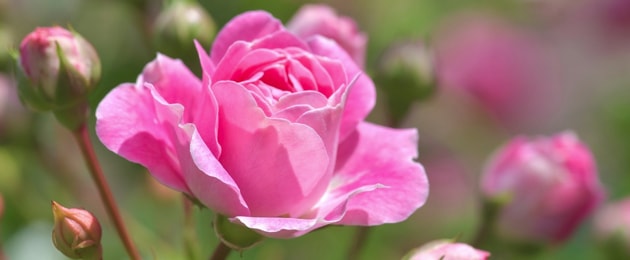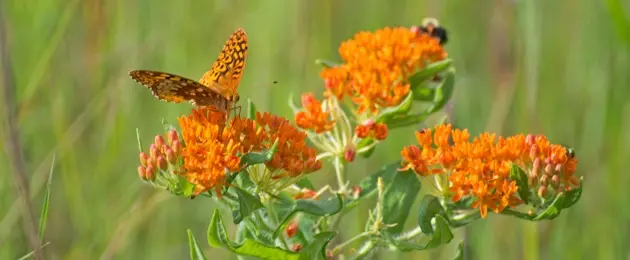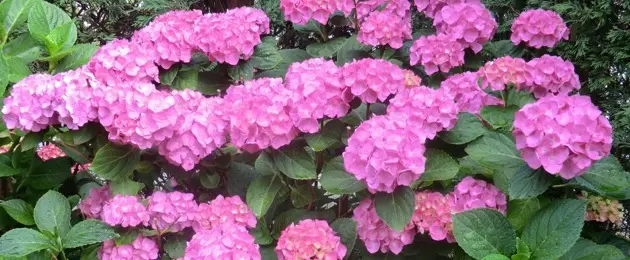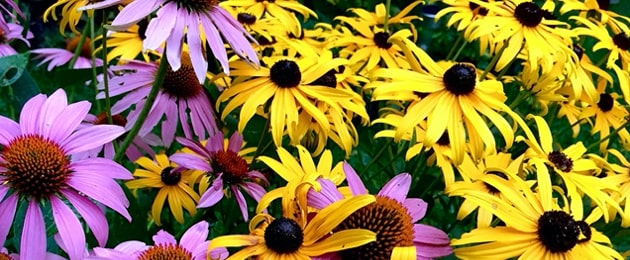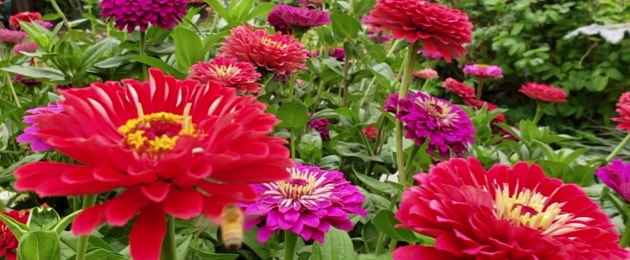About Your Roses
Pruning
Spring
Major pruning at this time after last frost or when rose starts to bud or leaf out.
When pruning – remove all remaining leaves. Now you can see structure and the canes. Also removes any pests that hid over winter. Remove dead wood (brown dead, green living) to the base. Take out crossing branches which rub together causing damage and disease. You want open structure in vase-like shape. Re-move thin weak canes, anything thinner than a pencil. Now prune the remaining canes by cutting ¼” to ½” above an outward-facing bud eye (this is a small bump found where a leaf would meet the stem). The new stems grow in the direction of the bud and you want outward growth not inward. Cuts should be 45-degree angles sloping away from the bud which allows water to run off. Seal the cuts Elmer’s glue, rose pruning sealers. Don’t leave any remnants, pests or diseases could be lurking. Now feed your roses with the proper nutrition like Jobe’s spikes, etc.
Summer
This is the time for dead-heading.
Dead-heading – this is the removal of faded flowers before they have a chance to develop seed. For Roses it is a form of summer or even a day-to-day pruning. The best I have found is to cut the flower stem down to just above the first 5-leaf junction. (You can also go down to 7-leaf junction.) Sometimes if the cane is small or too weak to support new blooms you can go farther down than the first 5-leaf junction. Cut at an angle, towards the bush, and some experts feel white Elmer’s glue should be applied to seal cane from boring in-sects. This type of dead-heading prompts reblooming and lessens the likelihood of some diseases. Stop this process tho after October 1 to allow plant to start hardening off for the winter season.
Fall
After first killing frost – trim off longer stems and prepare for winterizing.
Winterizing – Hilling – for your rose that is planted in well drained area hill-up a loose, well-drained soil/compost mix around and over the rose to a depth of about 10-12inches, use soil that is brought in and make sure it is dry, wet and cold does more damage than dry and cold. After soil has frozen mound with evergreen boughs, hardwood leaves or straw to help insulate and keep soil frozen.
Winterizing – Rose Cones – don’t cover plants too early. These Styrofoam cones need to be well ventilated to prevent a heat build-up on sunny warmer winter days. Cut 4-5 one-inch holes in top and bottom which will aid in ventilation on the warmer days preventing rose from breaking its winter dormancy. Advisable to add mound soil around the crown of the rose before putting cone in place. Sometimes you can add straw to the inside for added protection. Put a brick on top of cone to prevent blowing away!
Insect Pests
Aphids – soft-bodied insects in red, green, yellow or black varieties. Most are kept in check by natural predators but insecticidal soaps and strong streams of water to knock them off help to control them.
Japanese Beetles – hard-shelled, metallic-green, black and gold insects. They can do quite a bit of damage. One of the best products is Sevin but is only topical so reapplications need to be done on a regular basis. If using traps place away from roses to attract them away from area. Otherwise pick them off to control their numbers.
Larry Crawford
Greenhouse Team Expert
Rose Buying Tips
- Buy roses that are in larger pots, usually a 2 gal. container or larger. Smaller sizes mean the root system will be smaller and the plants will take more time to become established in the garden.
- Canes (a.k.a. stems) should be thick and healthy in appearance.
- Check for healthy, robust leaves that are free of disease and insects.
- The bush you choose should have a good shape and be properly pruned. Do not choose plants with weak stems or branches that are falling over.
- Check for adequate moisture and ones that do not appear dry.
- When planting make sure it will receive at least six hours of sunlight – low light affects the amount of blooms expected during the growing season.
- Check tag information about the variety such as how big it will grow.


